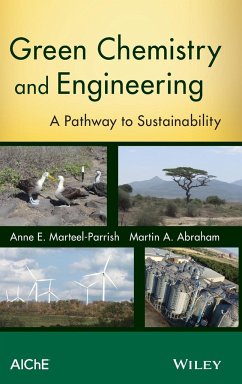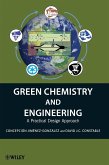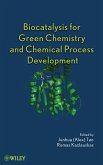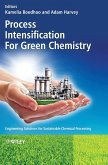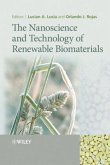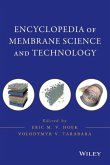Although many were skeptical of the green chemistry movement at first, it has become a multimillion-dollar business. In preventing the creation of hazardous wastes, laboratories and corporations can save millions in clean up efforts and related health costs. This book supplies students with concepts commonly taught in undergraduate general chemistry and general engineering courses, but with a green perspective. It is unique in presenting an integrated discussion of green chemistry and engineering from first principles - not as an afterthought. Real-world examples show creative problem solving based on the latest issues.
Promotes a green approach to chemistry and chemical engineering for a sustainable planet
With this text as their guide, students will gain a new outlook on chemistry and engineering. The text fully covers introductory concepts in general, organic, inorganic, and analytical chemistry as well as biochemistry. At the same time, it integrates such concepts as greenhouse gas potential, alternative and renewable energy, solvent selection and recovery, and ecotoxicity. As a result, students learn how to design chemical products and processes that are sustainable and environmentally friendly.
Green Chemistry and Engineering presents the green approach as an essential tool for tackling problems in chemistry. A novel feature of the text is its integration of introductory engineering concepts, making it easier for students to move from fundamental science to applications.
Throughout this text, the authors integrate several features to help students understand and apply basic concepts in general chemistry as well as green chemistry, including:
Comparisons of the environmental impact of traditional chemistry approaches with green chemistry approaches
Analyses of chemical processes in the context of life-cycle principles, demonstrating how chemistry fits within the complex supply chain
Applications of green chemistry that are relevant to students' lives and professional aspirations
Examples of successful green chemistry endeavors, including Presidential Green Chemistry Challenge winners
Case studies that encourage students to use their critical thinking skills to devise green chemistry solutions
Upon completing this text, students will come to understand that chemistry is not antithetical to sustainability, but rather, with the application of green principles, chemistry is the means to a sustainable planet.
Promotes a green approach to chemistry and chemical engineering for a sustainable planet
With this text as their guide, students will gain a new outlook on chemistry and engineering. The text fully covers introductory concepts in general, organic, inorganic, and analytical chemistry as well as biochemistry. At the same time, it integrates such concepts as greenhouse gas potential, alternative and renewable energy, solvent selection and recovery, and ecotoxicity. As a result, students learn how to design chemical products and processes that are sustainable and environmentally friendly.
Green Chemistry and Engineering presents the green approach as an essential tool for tackling problems in chemistry. A novel feature of the text is its integration of introductory engineering concepts, making it easier for students to move from fundamental science to applications.
Throughout this text, the authors integrate several features to help students understand and apply basic concepts in general chemistry as well as green chemistry, including:
Comparisons of the environmental impact of traditional chemistry approaches with green chemistry approaches
Analyses of chemical processes in the context of life-cycle principles, demonstrating how chemistry fits within the complex supply chain
Applications of green chemistry that are relevant to students' lives and professional aspirations
Examples of successful green chemistry endeavors, including Presidential Green Chemistry Challenge winners
Case studies that encourage students to use their critical thinking skills to devise green chemistry solutions
Upon completing this text, students will come to understand that chemistry is not antithetical to sustainability, but rather, with the application of green principles, chemistry is the means to a sustainable planet.

